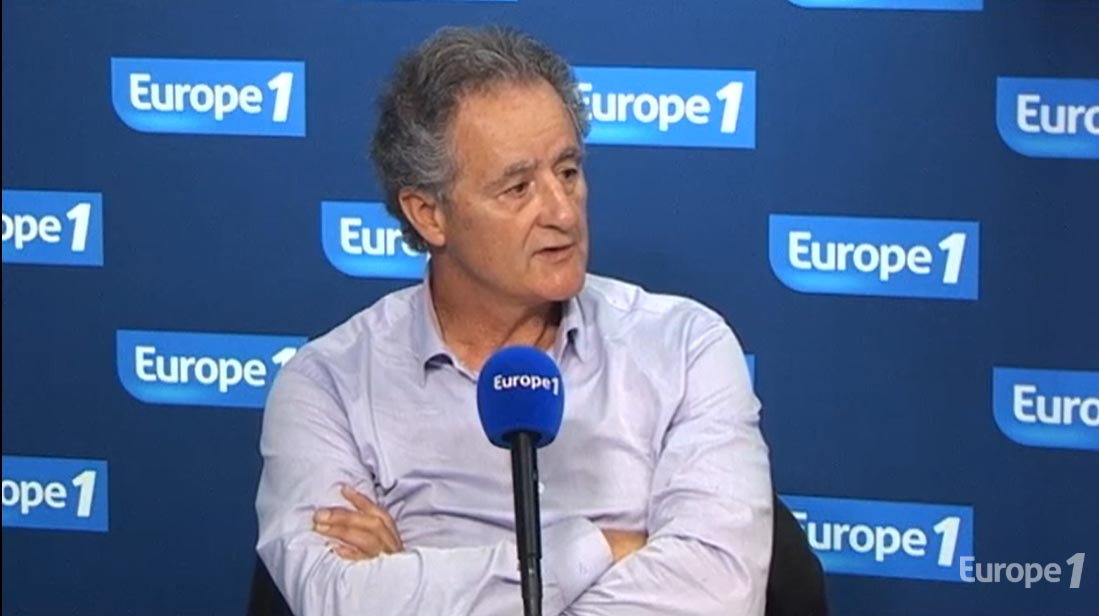Pr. Hubert Ripoll

Mental preparation has become essential in the preparation of athletes. Gone are the days when they hid from being accompanied by a “shrink”, to the point where today considers that one cannot succeed at a very high level if one is not accompanied.
The mental trainers have indeed succeeded in two areas which were reserved for coaches and who did not seem to have to escape their total control. They relate to the control and management of emotions, on the one hand, and the mastery of social cohesion, on the other. The understanding of the processes involved and the methods used to achieve them seem clearly defined today. Certainly progress is still achievable, but, except to radically change the reference model, as was the case during the transition from clinical to cognitive-behavioral methods – which we do not imagine today – I do not I don’t think we can expect more than minor improvements, but certainly no big changes. Would the field of intervention of mental preparation be – temporarily – finished? I do not think so. Other advances are still possible outside these two areas, which I see in our ability to allow athletes to better control their nervous system to improve their performance.
Certainly we already do this when we intervene, via relaxation, sophrology, meditation, and many other techniques, on mental states and levels of consciousness. But in my opinion, far too globally. It seems to me possible to go further, and especially more specifically, depending on each sport.
This belief was born from the observations made during my activities, conducted simultaneously as a coach and researcher in neuroscience. When we mimic field situations in the laboratory by replicating some of the informational constraints of sports situations, we observe, in very high level athletes, through direct and indirect measures of their nervous functioning, specific adaptations that explain, in part, their exceptional performance on the field. At the same time, it is observed that appropriate mental preparation for the constraints of laboratory situations alters nervous functioning and improves laboratory-produced performance. These observations convinced me that it is possible, by finely identifying the information constraints of sports activities and the levels of consciousness involved in each sport, to mentally and functionally prepare athletes to better manage them, to better control their nervous functioning, and, therefore, to improve their performance on the field.
This approach is not new in itself. We use it for example in the management of interruptions of play, in group sports, tennis, fencing… for which mental preparation allows to control the different mental states to move from the state of tension during the match, to the state of calm, and return to the state of optimal awakening at the resumption. But it is necessary to go further by systematizing this method for each sport, and especially for those who require processing and controlling a large amount of information. Golf involves, for example, several mental states that correspond to different behavioral sequences implemented throughout the game and require specific nerve adaptation. The same is true in all informational sports that combine speed, precision and uncertainty, all accumulated over a long period of time.
The first step is to systematize observational and intervention methods. These involve: investigative work carried out in conjunction with athletes and their coaches in order to identify the constraints of sports and the corresponding demands for the nervous system. The exploration of the athlete’s sensations, the conception of good intentions of action, the simulation of states of consciousness appropriate to their management. Their practice virtually, via mental preparation, and actually, during training. The analysis of feedback from experience in competition. That is, a whole specific program of mental preparation.
The networked operation made possible by current communication technologies allows a community of practitioners to build this body of experience necessary to develop these intervention methods.
That is the challenge that I think is within our grasp.





